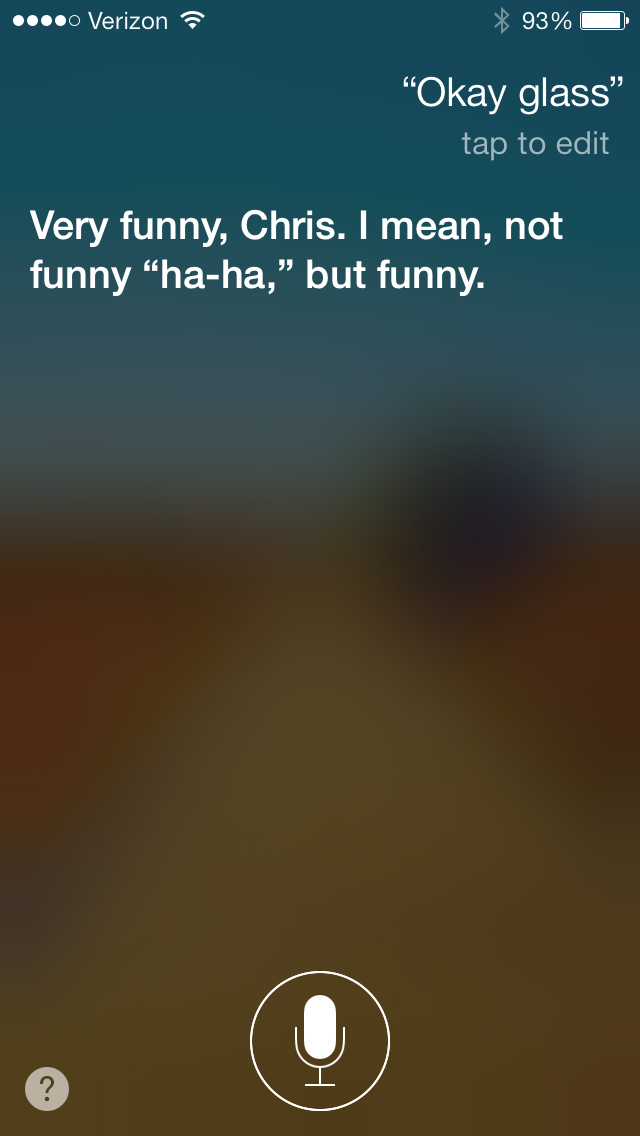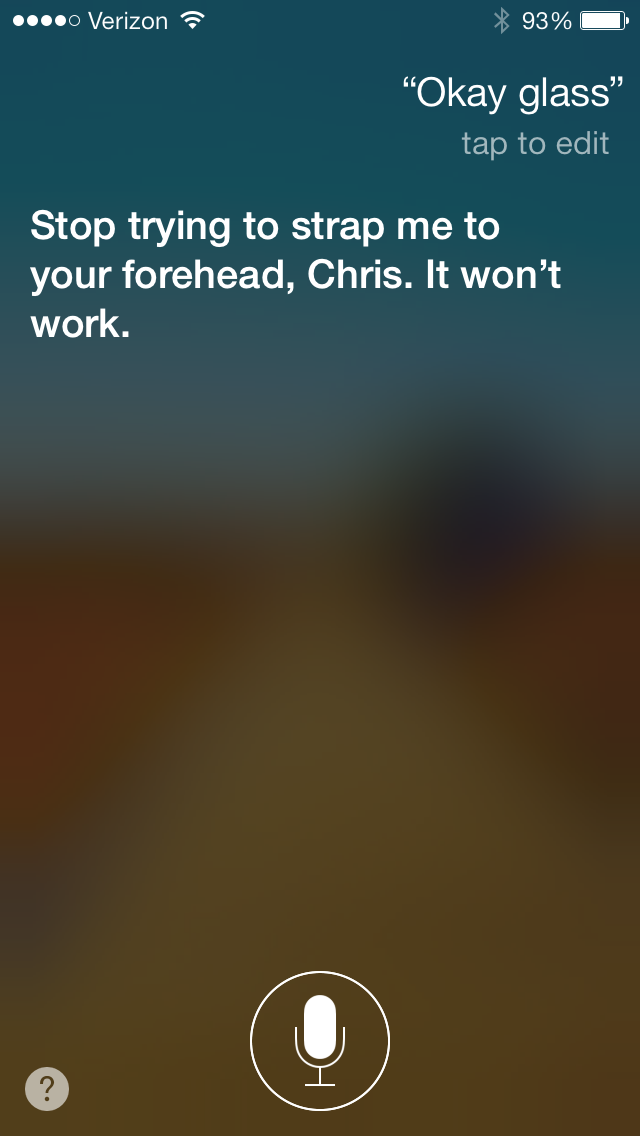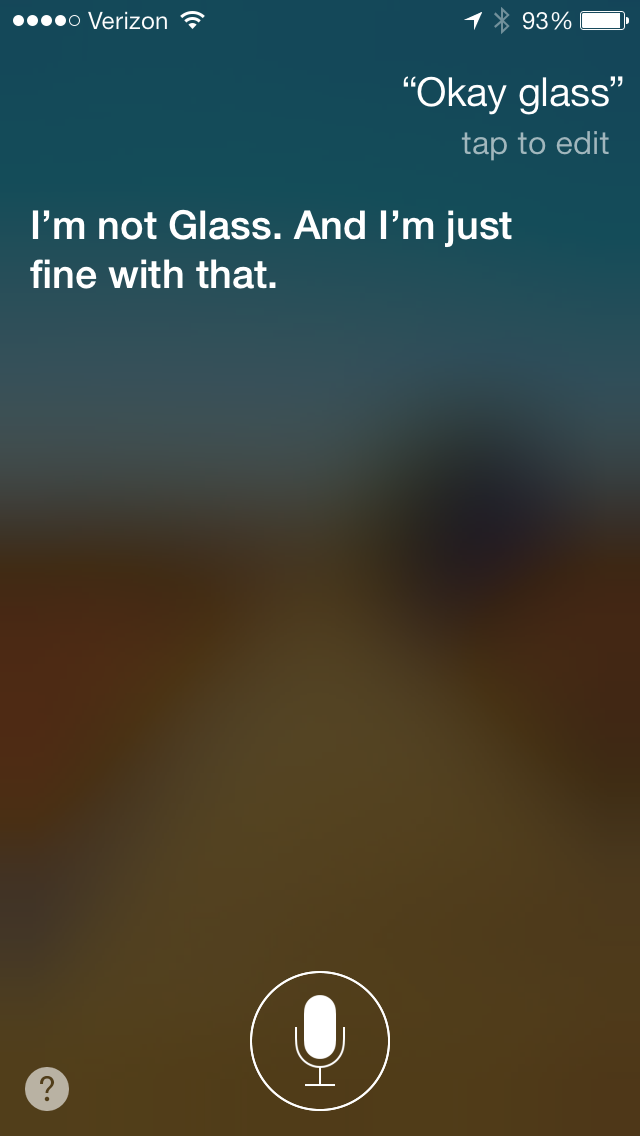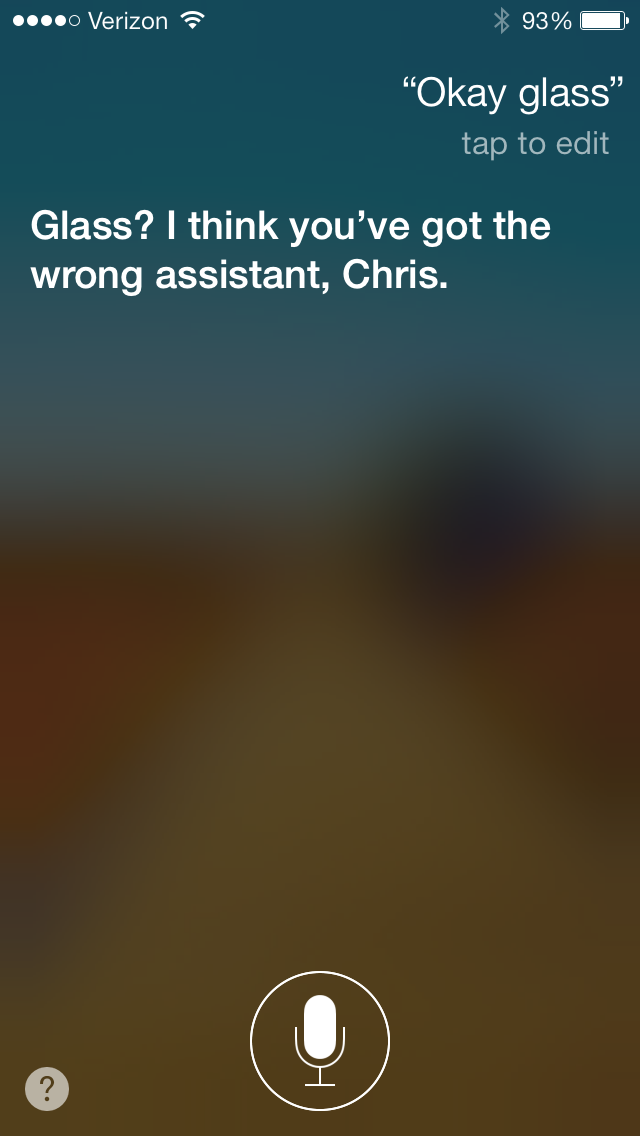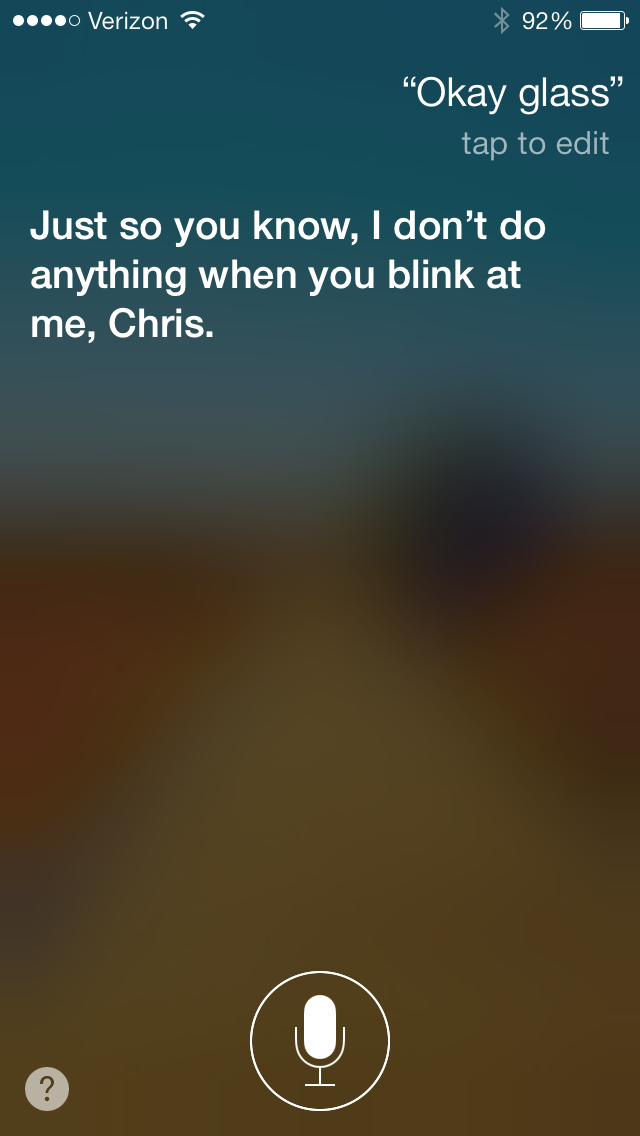To say that I had felt a little underwhelmed at iOS 6's unveiling a little over a year ago would be an understatement. There had been rumors of a visual refresh, of changing the standard interface chrome from a steel blue to a grayish silver, and I was looking forward for some fresh paint on the pixels. But that didn't happen. The biggest interface change was tinting the status bar to somewhat match the chrome of the app running. And it looked pretty awful.
For the first time, iOS had felt stale to me.
This year, the rumors weren't of subtle changes. They were of big changes. Pave the land and start anew kind of changes.
With iOS 7, Apple did just that.
When you install iOS 7 on your device you'll quickly realize that there was not a single pixel of iOS itself that was left untouched. Everything and the kitchen sink went out the door, and every design started on a blank canvas. iOS 7 is unabashedly different.
More on the design in a moment. There is a lot that did not change. iOS 7 still operates much in the same way as before. If you knew your way around iOS 6, you'll find your way in iOS 7 as very little interaction changed. And what did change is, in my opinion, for the better.
Examples? It used to be that you had to get to your first home screen and then swipe from left to right to do a Spotlight search. Now, from any home screen, just scroll down on the icon area a little and the search field appears. In Safari (and many others apps) you can swipe from the left or right edge of your device to go back or forward a page in the browser, or a level of hierarchy in an app. iOS 7 just feels a bit more elegant in function.
Where iOS 7 really shines in the simplification of its design. Apple has spent a great deal of effort on pushing two things in iOS 7's design: typography and color. Most things that were handled by and icon before are now a simple and straightforward text label. The icons that remain have been redesigned, thinned out, and simplified, yet overall familiar. Color is used everywhere. Icons and labels in Safari are blue, Calendar is red, Notes is yellow, Music is pink, and it goes on.
Design is not the only change in iOS 7, but it certainly is the most apparent. Other features and refinements have been made as well. The lock screen lends itself to being far less cluttered and showing more of the wallpaper image. Also, from the lock screen, you can now pull down the Notification Center, which has been given a new view called Today. The new Today view is really handy. It tells you plainly what is coming up next on your schedule and the weather. It shows a small portion of your calendar for the next few hours, and even tells you want is on your plate for the next day. In the case of an iPhone, it will tell you how long it would take you to drive to your next appointment, if you entered the address in Calendar. And when you are out and about, it will tell you how long it would take to drive home.
While Notification Center is at the top of the screen, the new Control Center is at the bottom. Slide up from the bottom of the screen to show quick toggles for Airplane Mode, Wi-Fi, Bluetooth, Do Not Disturb and Orientation Lock. You can adjust the brightness, audio that is playing, AirDrop and AirPlay, and then buttons to turn the LED flash on as a flashlight, and quid access to the Timer, Calculator, and Camera.
Control Center has become one of my favorite things about iOS 7. And like Notification Center, Control Center can be accessed from the home screen or from within any app.
One of my other favorite things of iOS 7 is the new parallax effect on the lock and home screens. Tilt your device around, and you will notice the icons and wallpaper subtly shift in opposition to each other, giving an effect that is not quite 3D, but decidedly not 2D. It's one of those little attentions to detail that makes iOS 7 feel so great.
Siri debuted with iOS 5 on the iPhone 4S as a beta feature, and remained that way ever since. With iOS 7 Siri loses the beta label, gets a much better voice (and a male voice), and seems overall more responsive and functional. Siri can even now turn certain components like Wi-Fi and Bluetooth on and off. I'm really enjoying the new Siri, and though I still feel it is a little behind Google Now, I think Siri is far less frustrating than in the past.
The last thing I really want to touch on is iTunes Radio. If you've ever used Pandora, you'll quickly understand iTunes Radio. I've been using the heck out of this, and it's really well done. It's impeccably good at finding music that fits with your tastes, and just keeps getting better the more you use it. This is one of those features that is easy to get lost in the shuffle of the new design, but it is truly one of the best features of iOS 7 if you love music.
iOS 7 takes a lot of risks with visual design, and in some areas it is spot on terrific, and other areas it has gone a little too far. I love the overall change, but I also realize that it is far from perfect. iOS 7 is an enormous undertaking, but what it is doing best is laying a brand new foundation to build upon for the future of iOS. As much as I adore iOS 7, I can't wait to see what happens in iOS 8, because it's a whole new ballgame. And even more than looking forward to iOS 8, I can't wait to see what developers do with their apps now that there is a blank canvas to work from.
Apple has made guides for iOS 7 available on iBooks, one for iPad, one for iPod touch, and (presumably) one for iPhone (I'll add the link when it is available).


